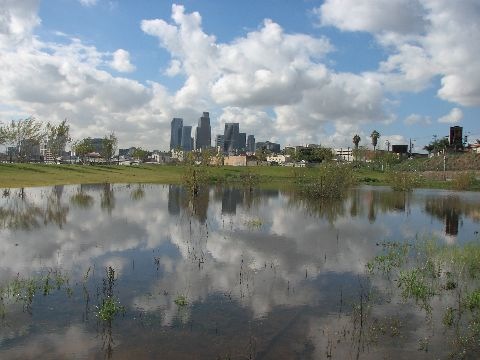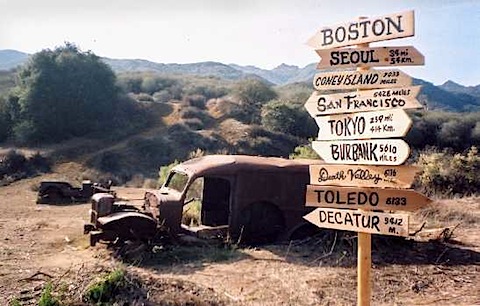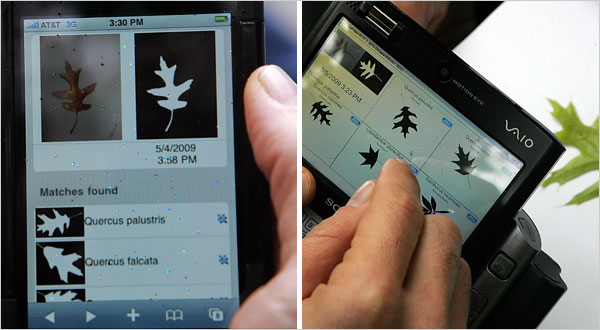Toyo Ito & Associates Architects / Island City Central Park Grin Grin from 0300TV on Vimeo.
0300TV presents a video of Island City Central Park GRIN GRIN in Fukuoka designed by Toyo Ito.
Project Details:
Building Island City Central Park Grin Grin
Architects: Toyo Ito & Associates Architects
Project Team: Toyo Ito, Toyohiko Kobayashi, Hiroyuki Shinozaki, Maya Nishikori, Yoshitaka Ihara
Structural Engineers: Sasaki Structural Consultants
Program: Cultural Building
Client: Fukoka City
Constructed Area: 5000 sqm
Completed: 2005
Location: Hakata Bay, Island City, Fukuoka, Japan
Source: Architecture Lab








